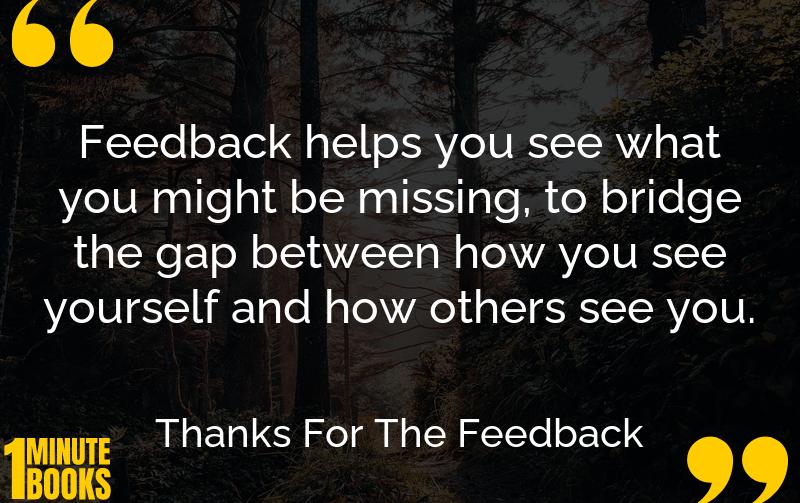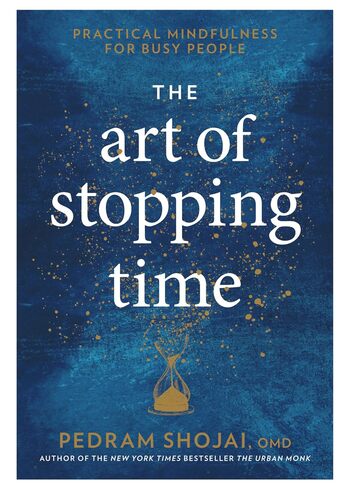
This insightful book focuses on the art of receiving feedback effectively, emphasizing our emotional triggers and providing strategies for engaging in meaningful feedback conversations.
Main Lessons
- Identify and understand your emotional reactions to feedback with truth, relationship, and identity triggers.
- Differentiate types of feedback: coaching for growth, evaluation for status, and appreciation for encouragement.
- Strive for a feedback balance and be clear about your feedback needs to avoid miscommunication.
- The supportive versus honest mirror concept helps with giving and receiving feedback appropriately.
- Blind spots affect feedback interpretation; distinguish between impact and intent for clarity.
- Avoid switch tracking by staying on topic in feedback conversations.
- Consider the broader relationship system and take a stepped-back approach for a holistic understanding.
- Understand how your well-being curve responds to feedback and use it to inform your interactions.
- Dismantle feedback distortions by controlling your second score, or how you respond to feedback.
- Establish boundaries for feedback to protect your emotional space and well-being.
- Express gratitude for feedback, yet firmly set necessary limits on it.








